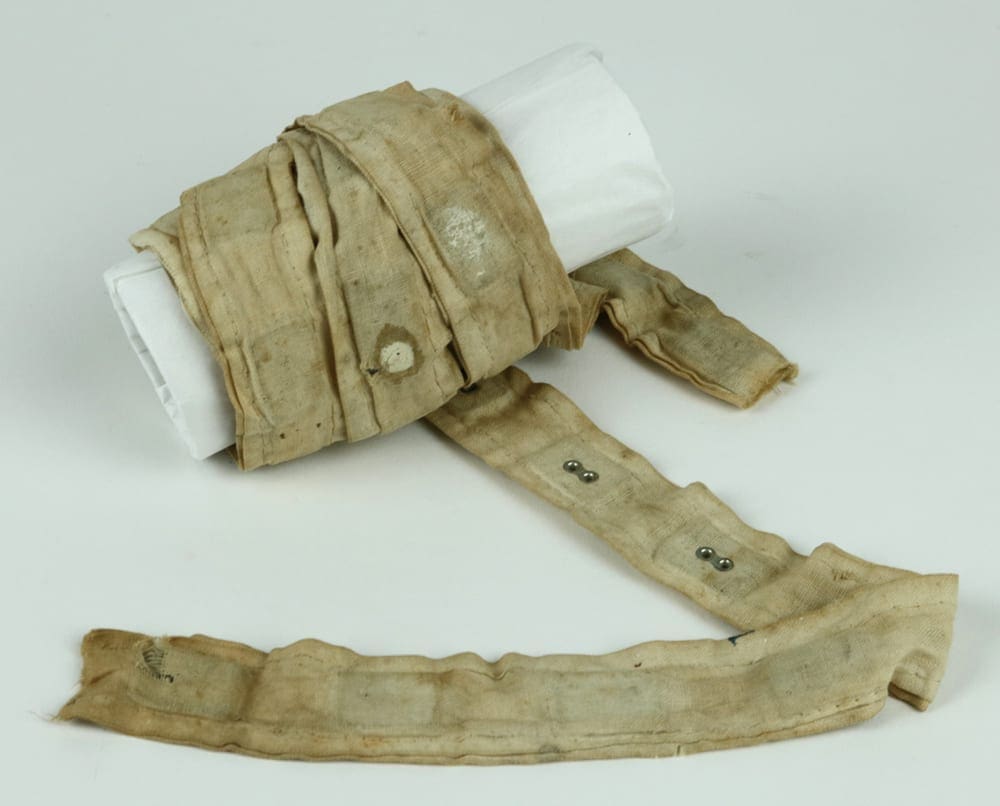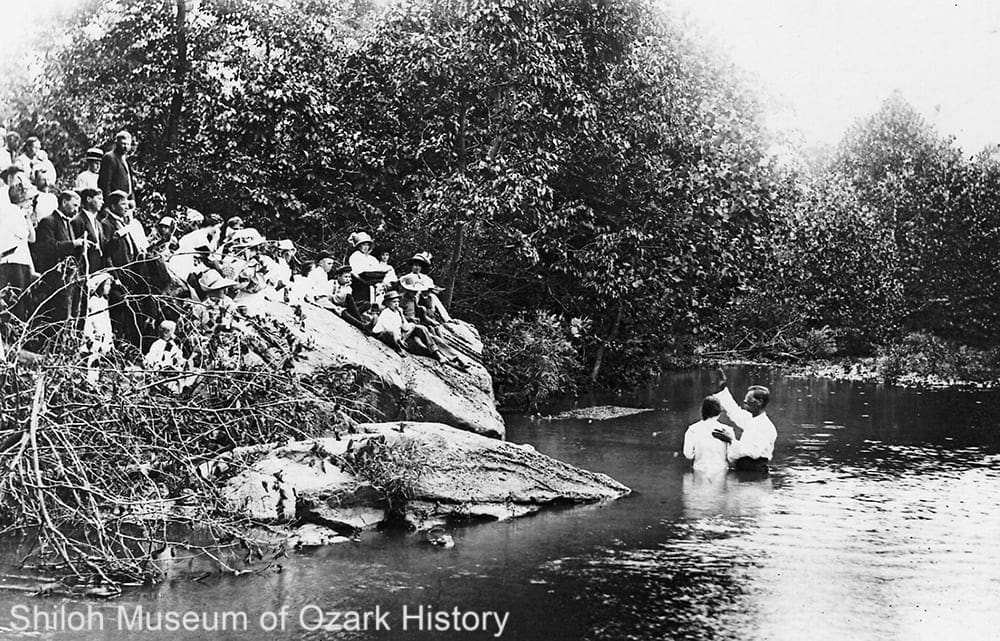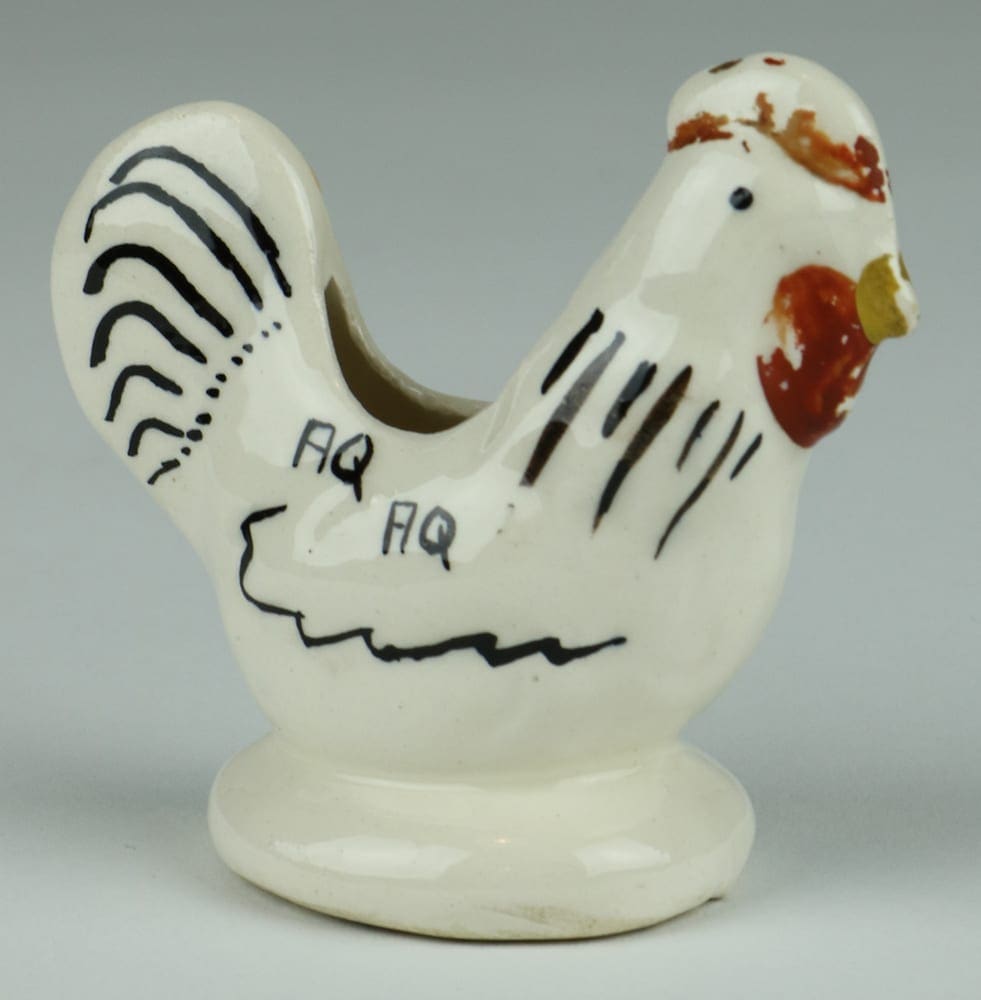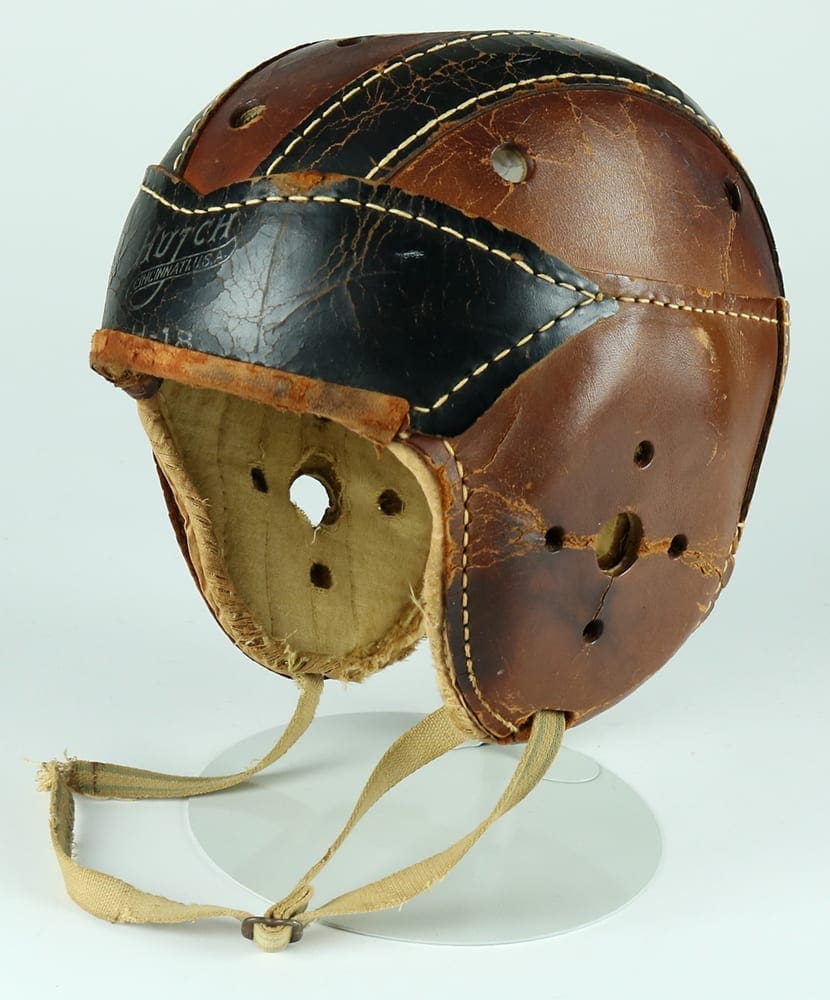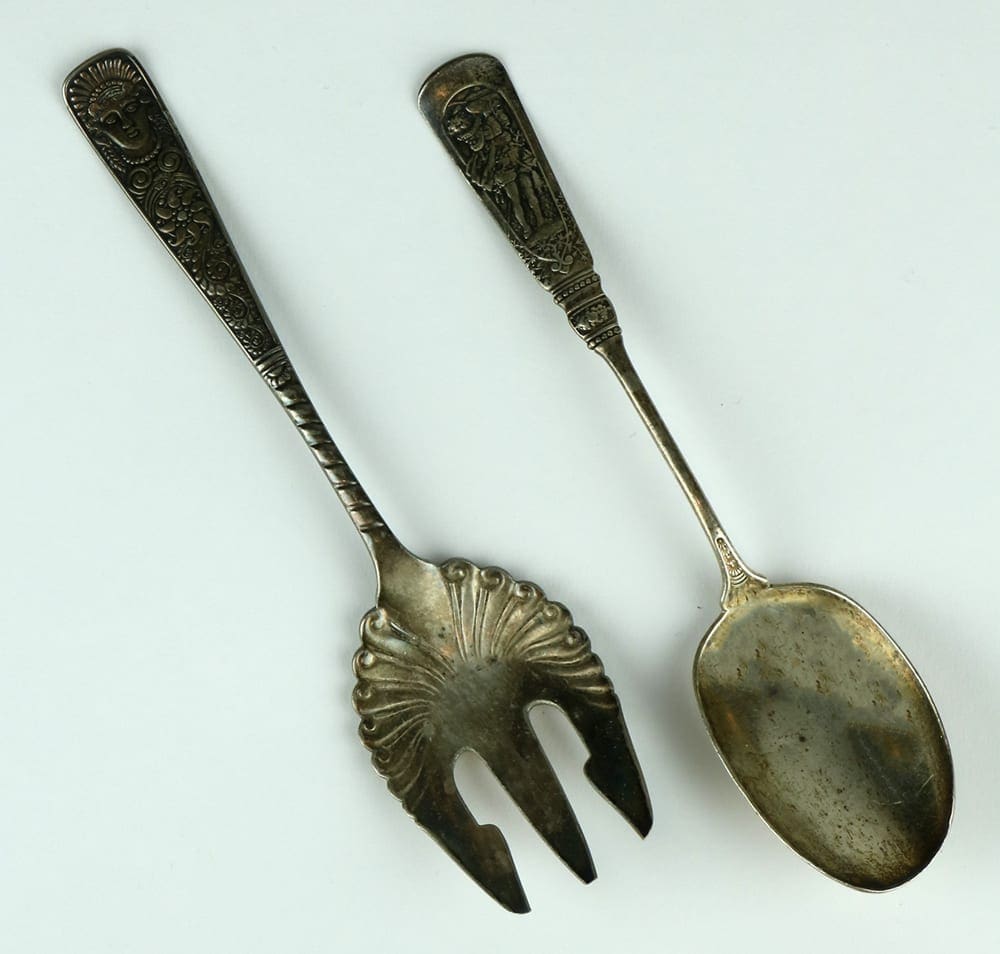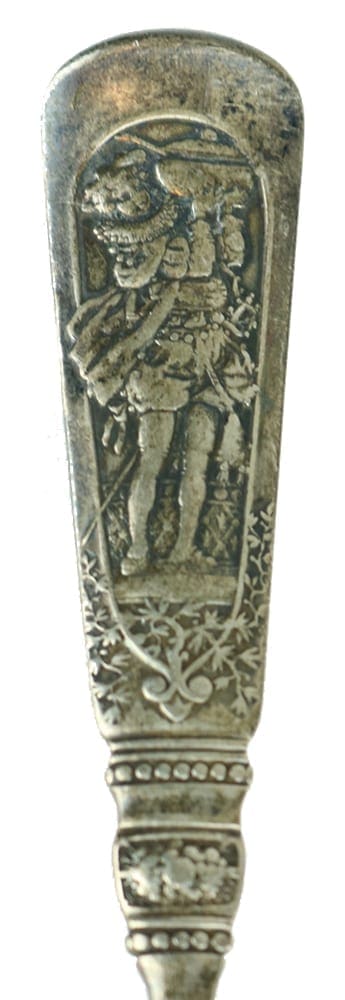Toothpick Holder
Donated by Pat Cornish
In the late 1940s Roy Ritter, a pioneer in the Arkansas poultry industry, was raising broilers at his AQ (Arkansas Quality) chicken farm in Springdale. At that time Ritter played host to business people from all over the country as part of his job in poultry sales. Of course when these folks came to Springdale, they wanted to go out and eat a chicken dinner! For a while, Ritter took his guests to the Rock House Café on Highway 71.
It wasn’t long before Roy Ritter decided to open his own restaurant serving his own homegrown broilers. The first AQ Chicken House opened in 1947 on a hilltop in Springdale overlooking Ritter’s chicken houses in the valley below. Ritter owned the restaurant until 1970 when he sold it to pursue other interests.
Donated by Pat Cornish
In the late 1940s Roy Ritter, a pioneer in the Arkansas poultry industry, was raising broilers at his AQ (Arkansas Quality) chicken farm in Springdale. At that time Ritter played host to business people from all over the country as part of his job in poultry sales. Of course when these folks came to Springdale, they wanted to go out and eat a chicken dinner! For a while, Ritter took his guests to the Rock House Café on Highway 71.
It wasn’t long before Roy Ritter decided to open his own restaurant serving his own homegrown broilers. The first AQ Chicken House opened in 1947 on a hilltop in Springdale overlooking Ritter’s chicken houses in the valley below. Ritter owned the restaurant until 1970 when he sold it to pursue other interests.
Football Helmet
Donated by Peggy Gregory
This football helmet was worn by Donald Gregory in the 1940s. He was born in Mountainburg (Crawford County) in 1932, where his father Floyd ran a mercantile. The Gregorys later moved to Fayetteville, where Floyd opened Gregory’s Men’s Store on the downtown square.
Gibson Basket
Donated by Ada Lee Shook
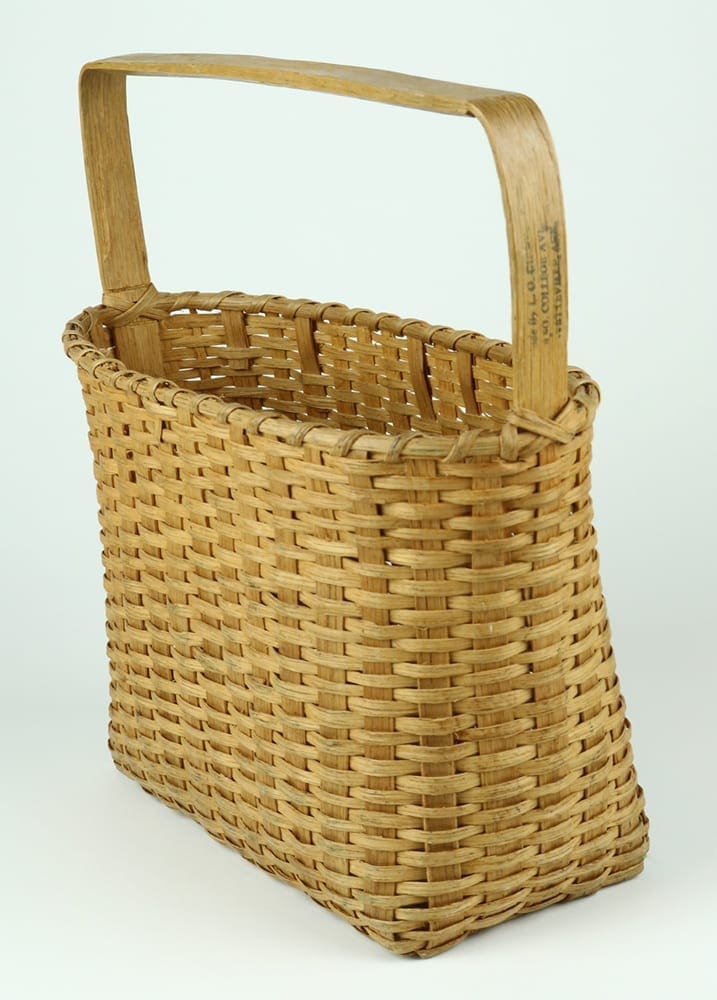 Lena Smith of Fayetteville owned this basket made by Lifus G. Gibson (1879-1958). Gibson was a member of a well-known family of Northwest Arkansas basket makers. Born and raised in Spring Valley (Washington County), he lived in Fayetteville in his later years, where he made and sold baskets.
Lena Smith of Fayetteville owned this basket made by Lifus G. Gibson (1879-1958). Gibson was a member of a well-known family of Northwest Arkansas basket makers. Born and raised in Spring Valley (Washington County), he lived in Fayetteville in his later years, where he made and sold baskets.
Lifus Gibson was a descendant of Christopher Columbus “Lum” Gibson (1865-1947), who settled near Spring Valley where he originated a basket design in the 1880s that has been passed down in the Gibson family for generations. Gibson baskets are distinctive for their twill-patterned rectangular base, thick handle, and absence of nails.

Donated by Ada Lee Shook
Lena Smith of Fayetteville owned this basket made by Lifus G. Gibson (1879-1958). Gibson was a member of a well-known family of Northwest Arkansas basket makers. Born and raised in Spring Valley (Washington County), he lived in Fayetteville in his later years, where he made and sold baskets.
Lifus Gibson was a descendant of Christopher Columbus “Lum” Gibson (1865-1947), who settled near Spring Valley where he originated a basket design in the 1880s that has been passed down in the Gibson family for generations. Gibson baskets are distinctive for their twill-patterned rectangular base, thick handle, and absence of nails.
Serving Set
Donated by Paula Thompson
This fancy silverware no doubt saw its share of holiday meals. The serving fork is silverplate and was from the 1847 Rogers Brothers line manufactured by Meriden Britannia Company ( Meriden, CT). The pattern name is “Assyrian Head,” designed and patented by Henry V. Hirschfeld in 1886. The serving spoon, part of a set, is sterling silver made by Gorham Manufacturing Company (Providence, RI) in the “Fontainebleau” pattern, designed by Gorham’s leading designer, Antoine Heller. It was also introduced in 1886.
The flatware pieces come from the Robert M. Thompson household of Rogers (Benton County). Priscilla Cabinette Thomas of Virginia was a violin and piano teacher and church organist In the late 1800s when she met Robert Marion Thompson, a minister from Kentucky. The couple was married around 1896 and had two sons. The Thompson family moved to Rogers, Arkansas, about 1900 where Robert preached at the First Christian Church and other nearby churches.

